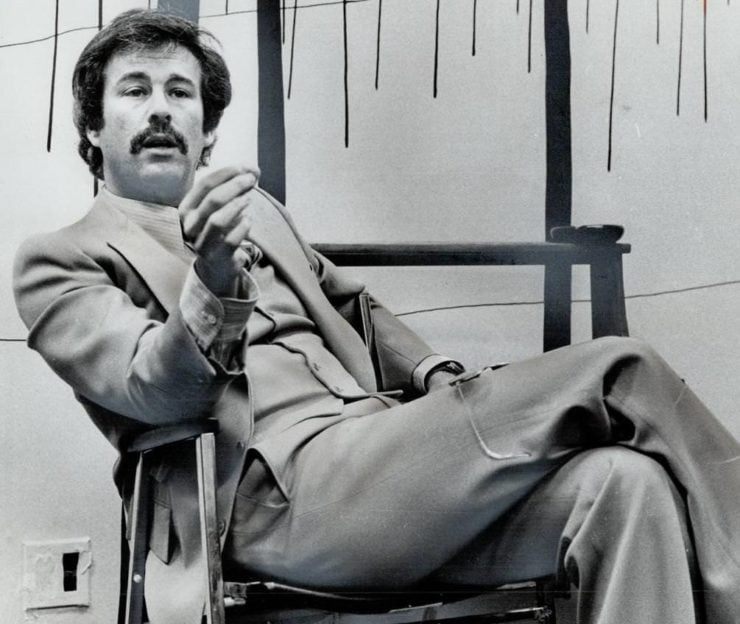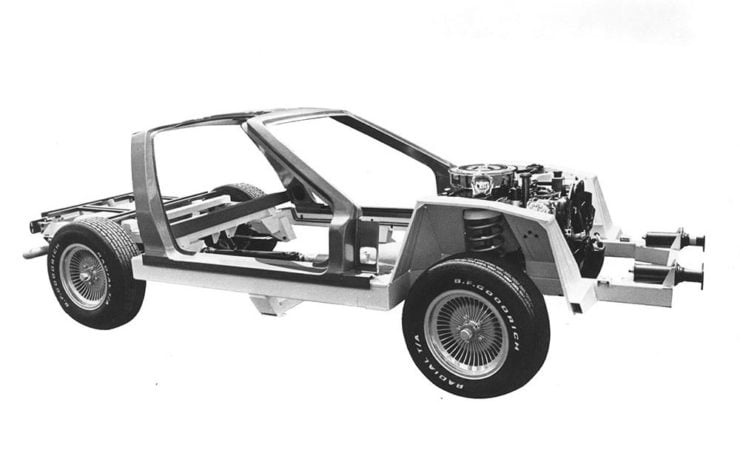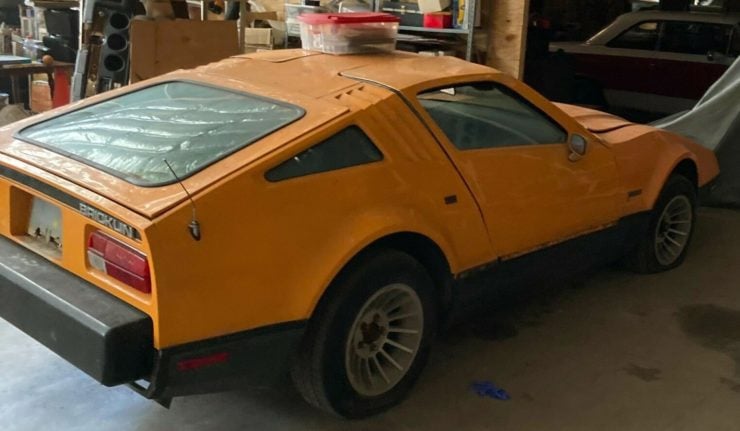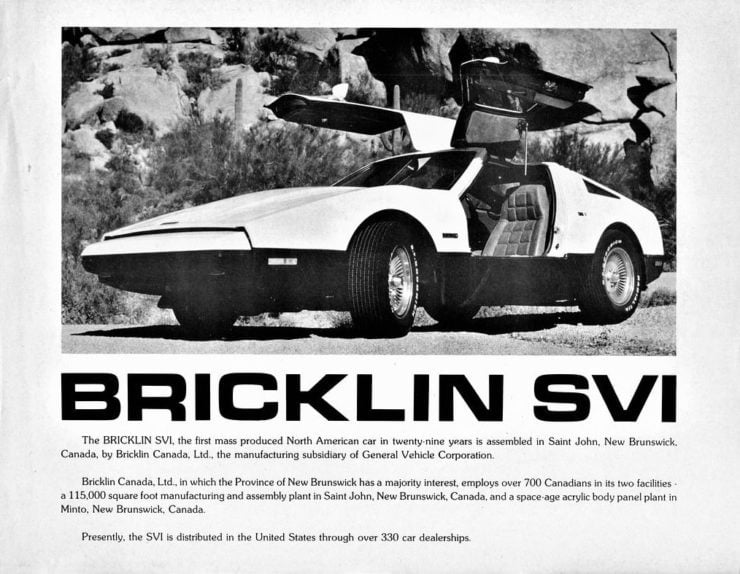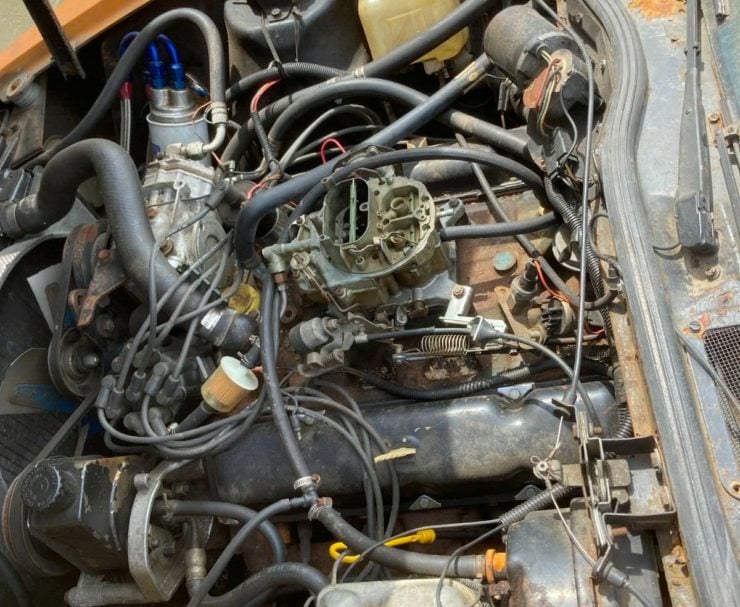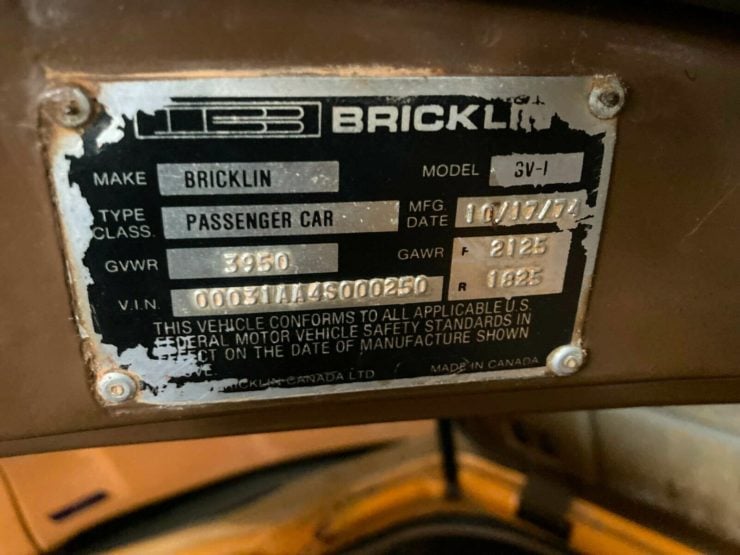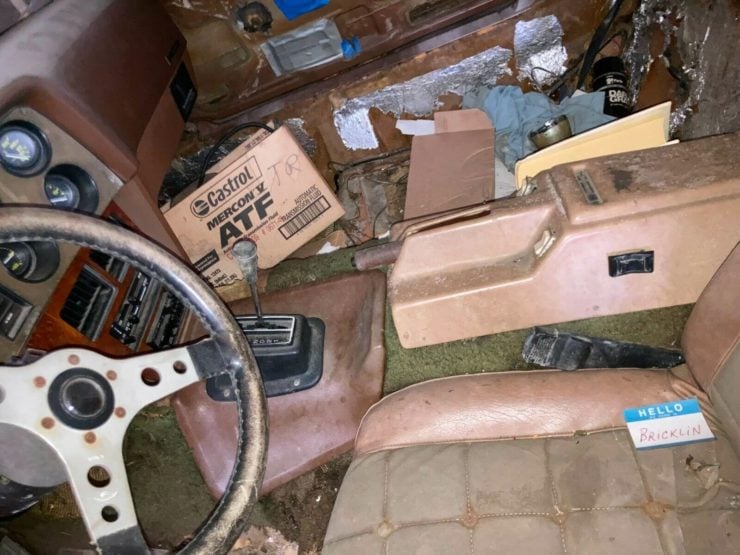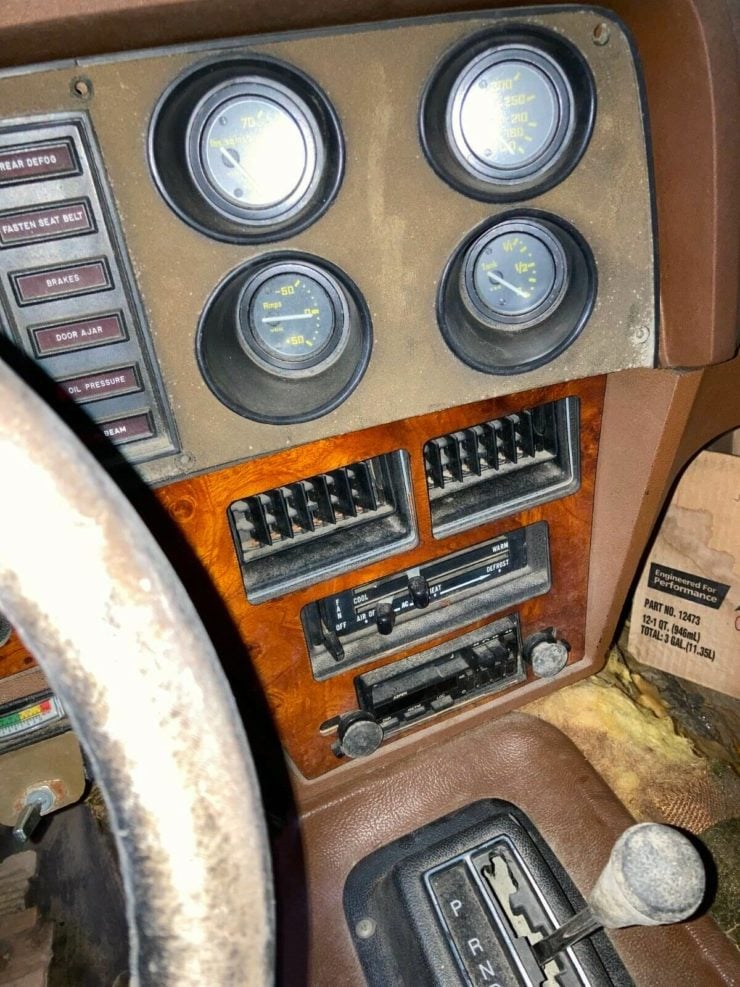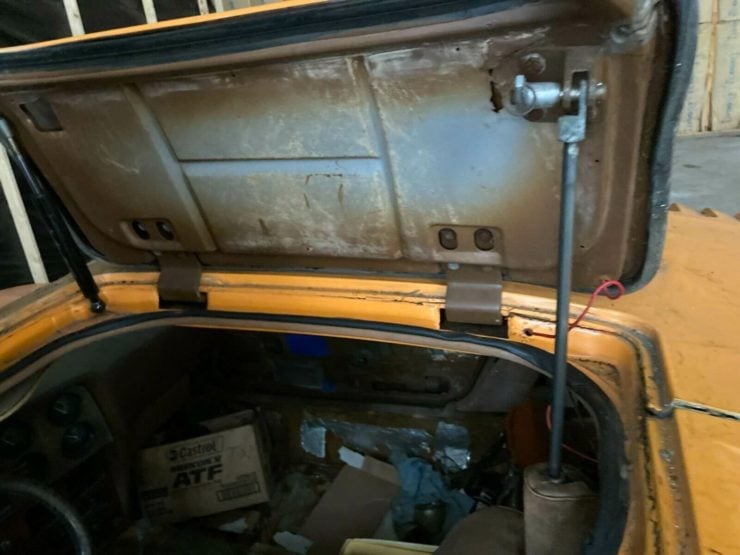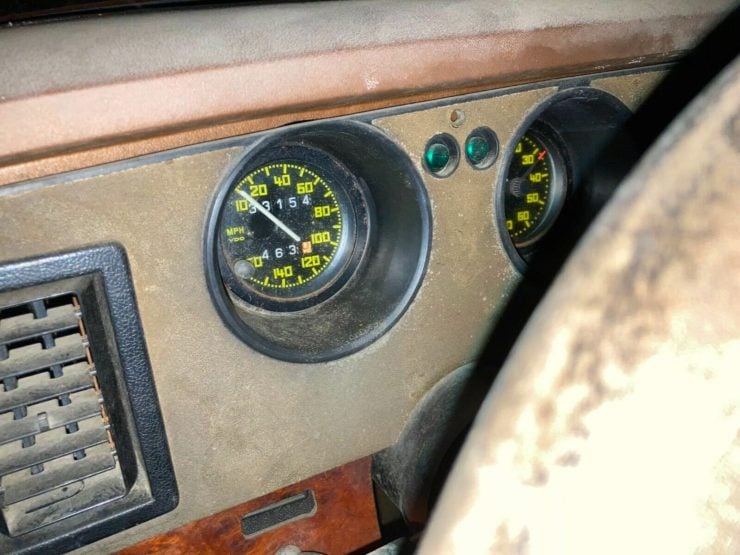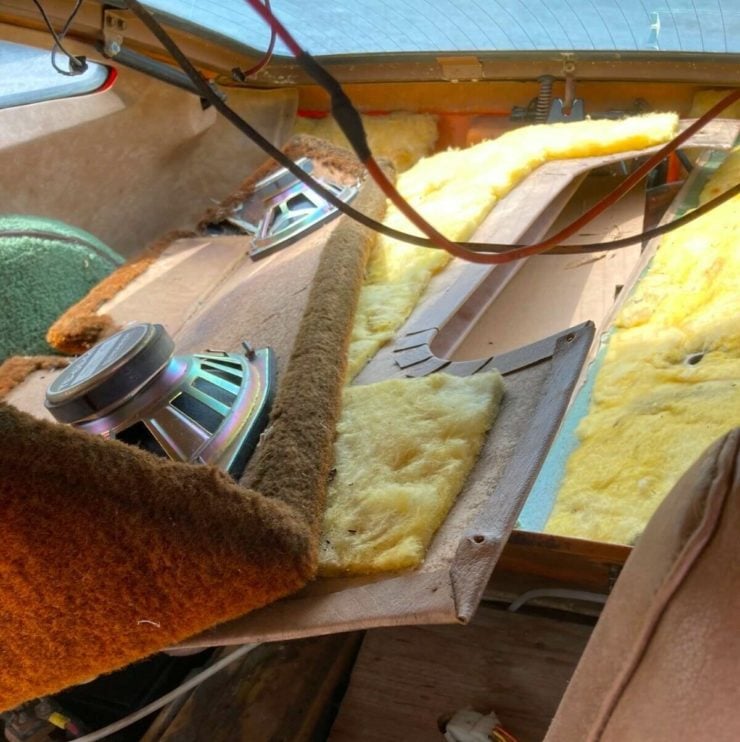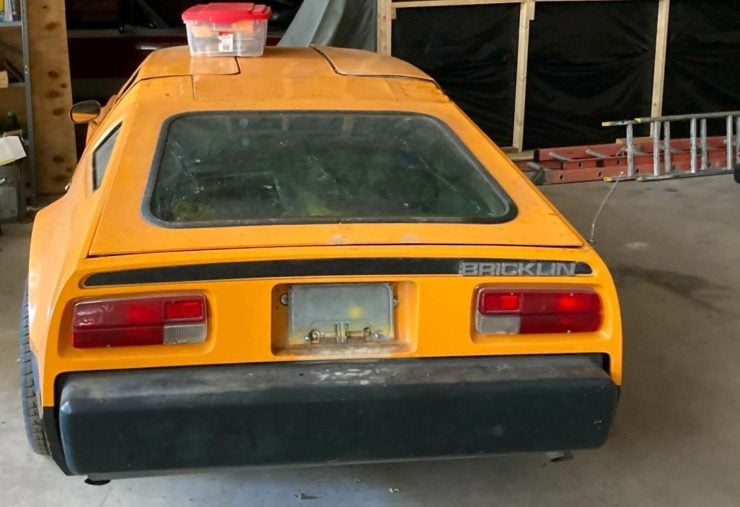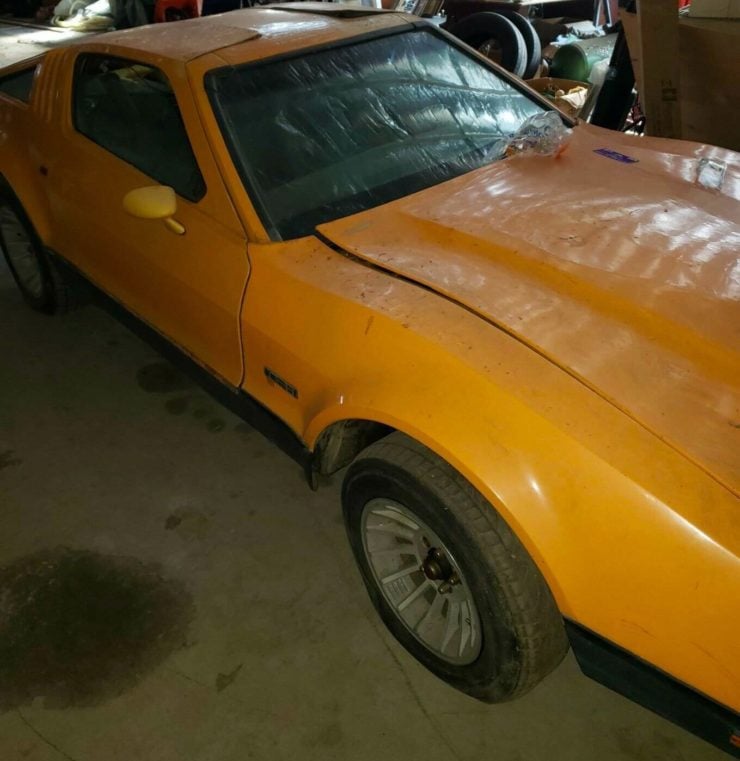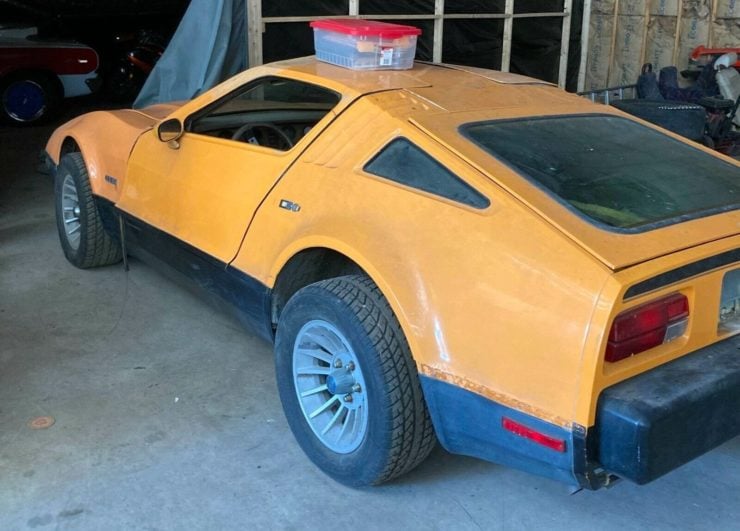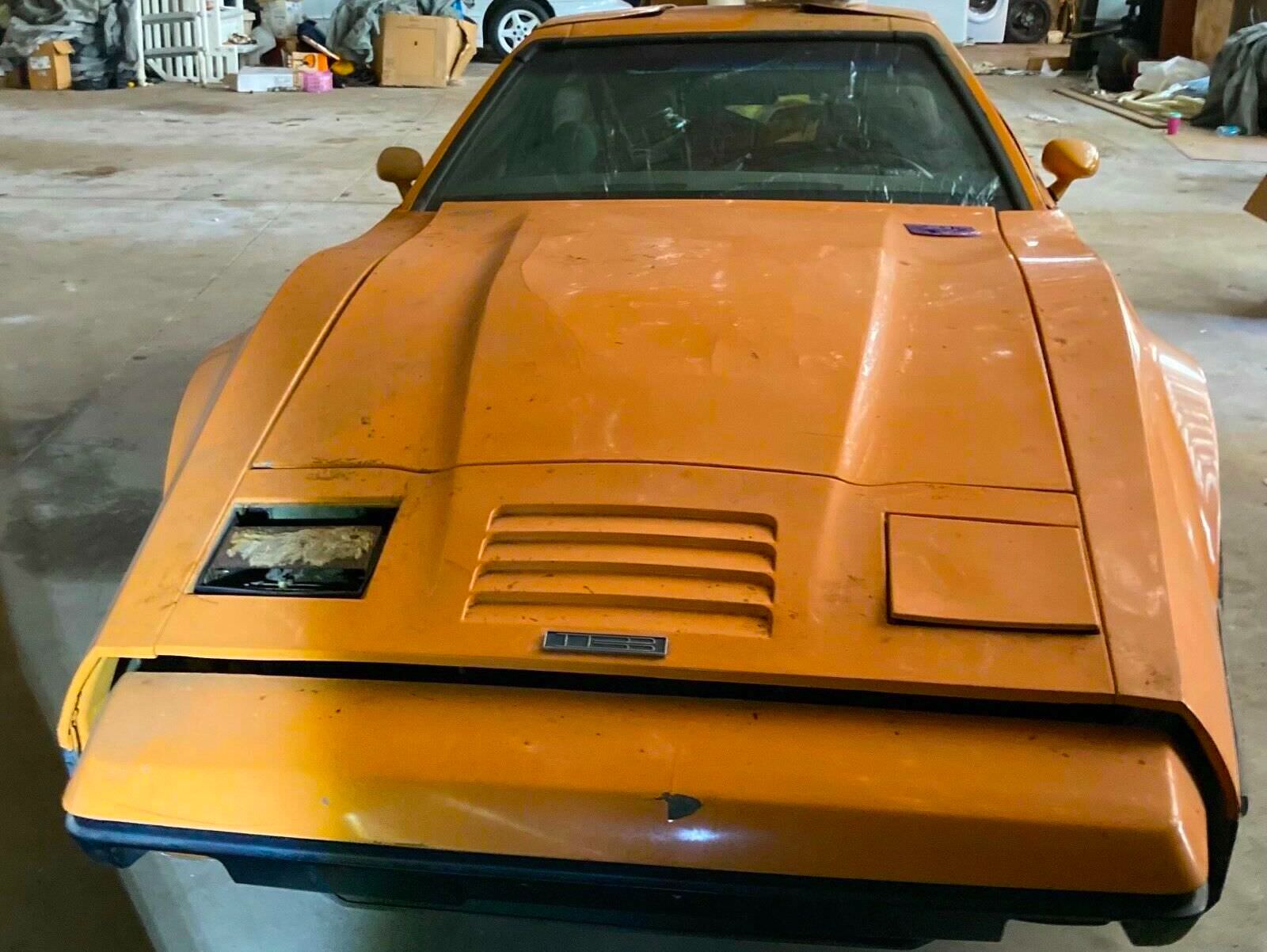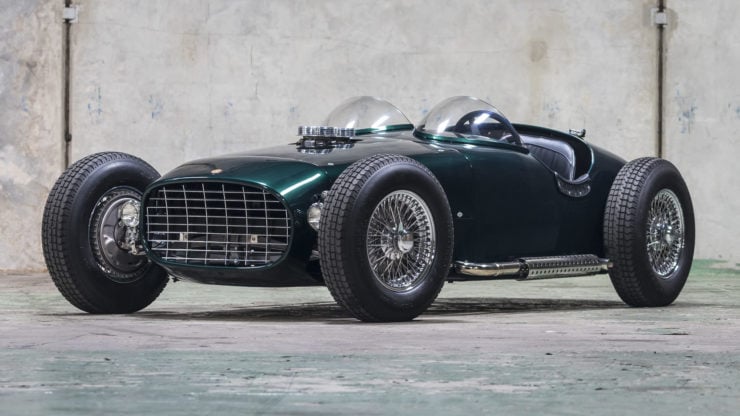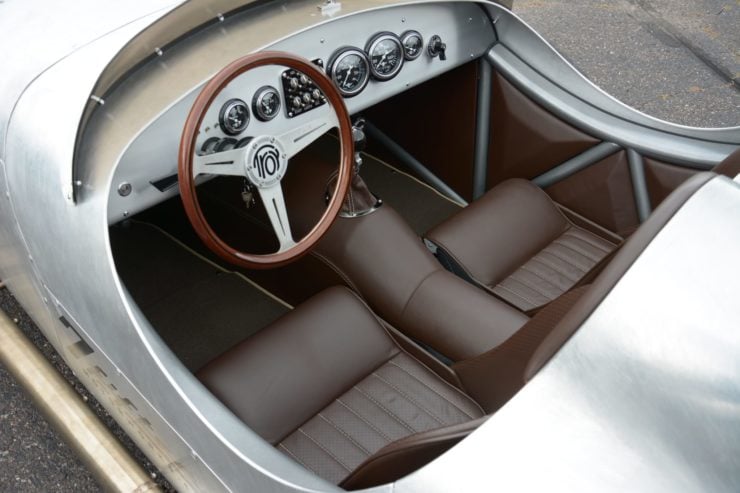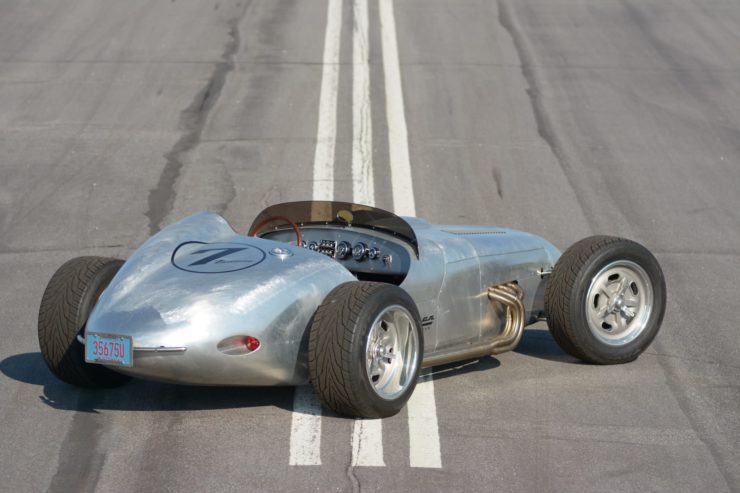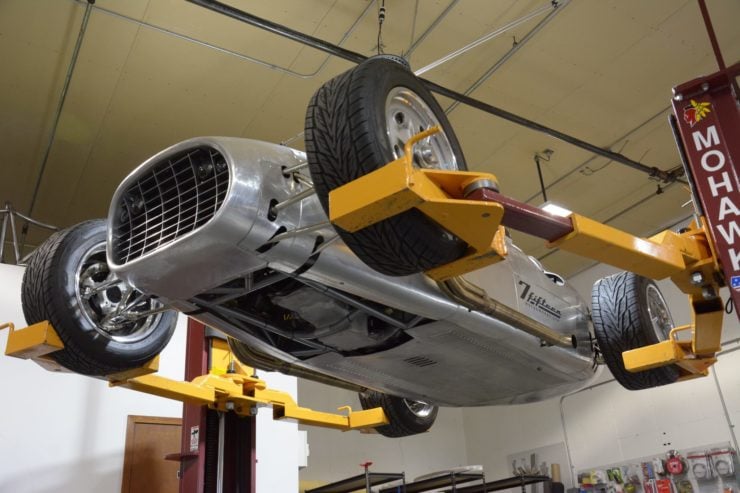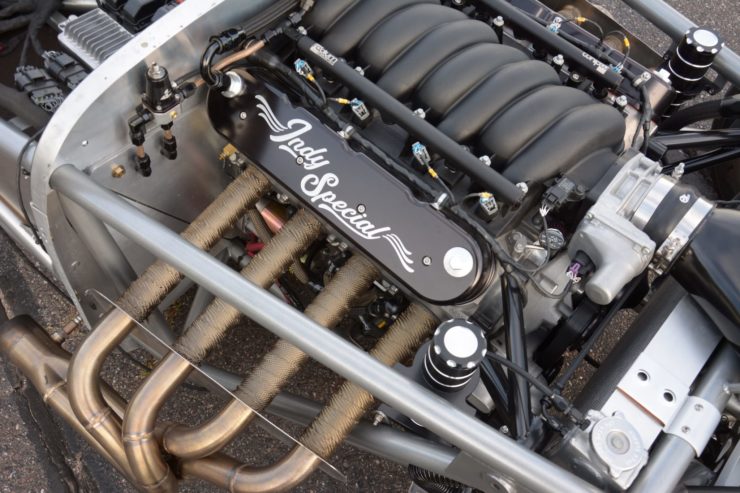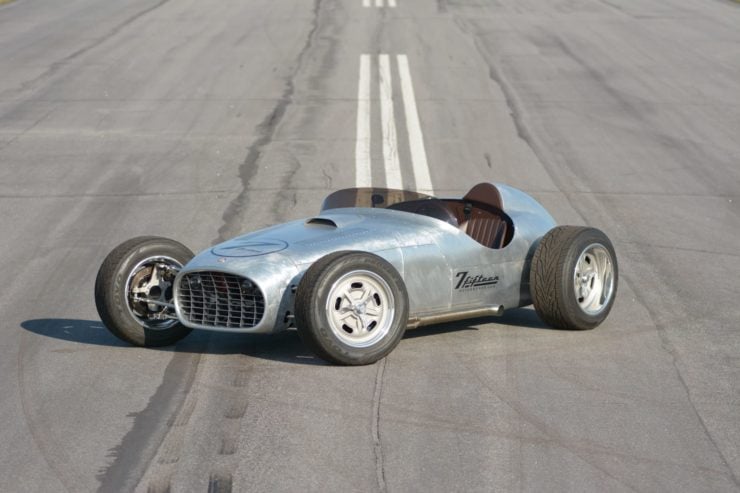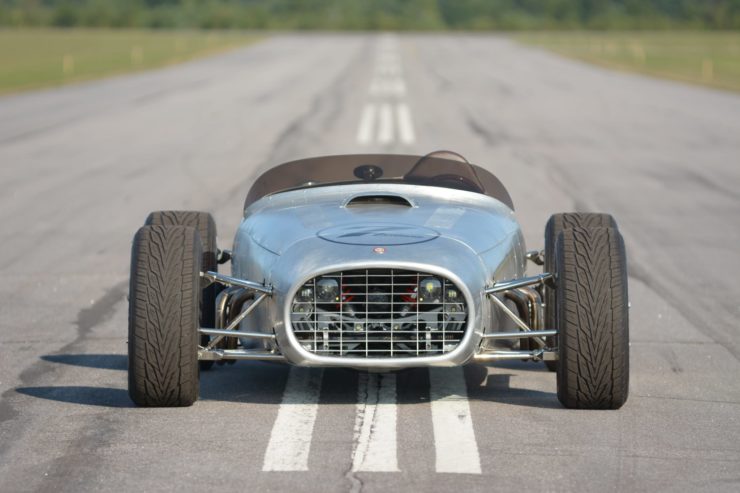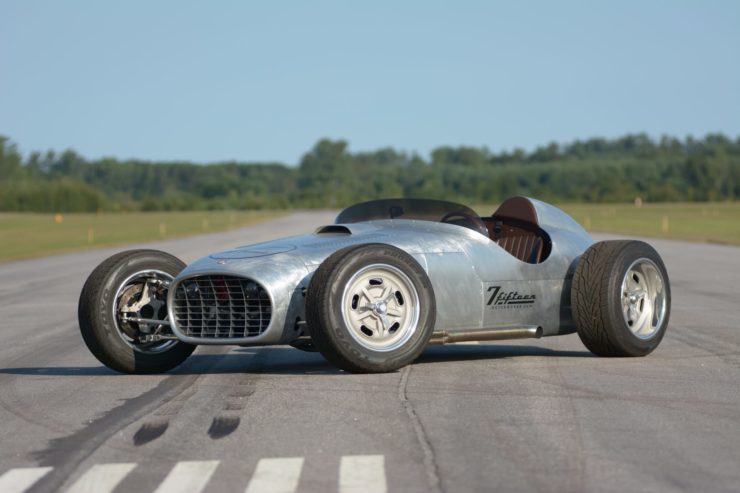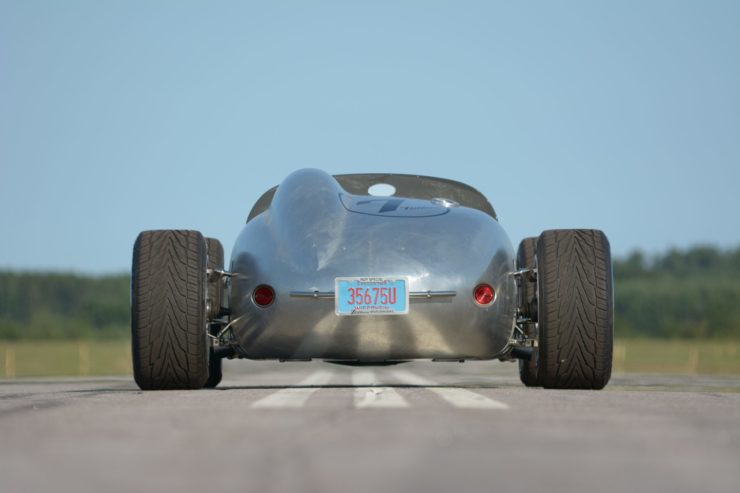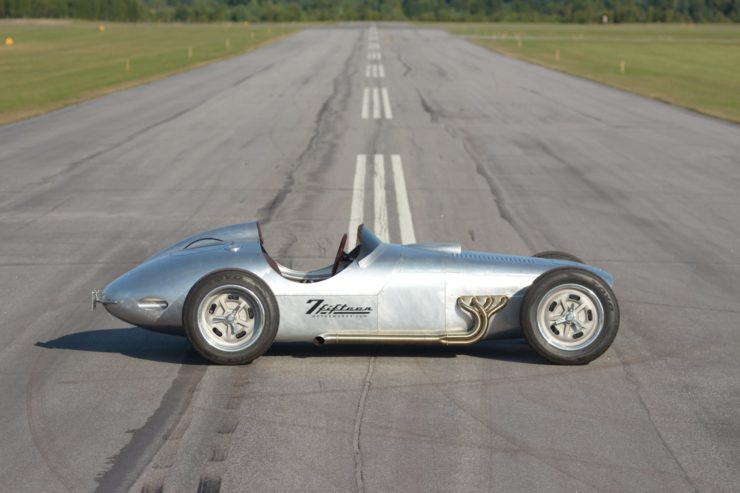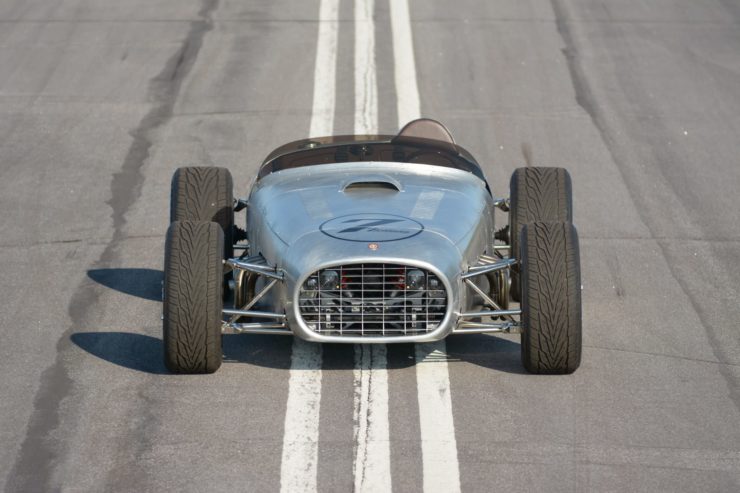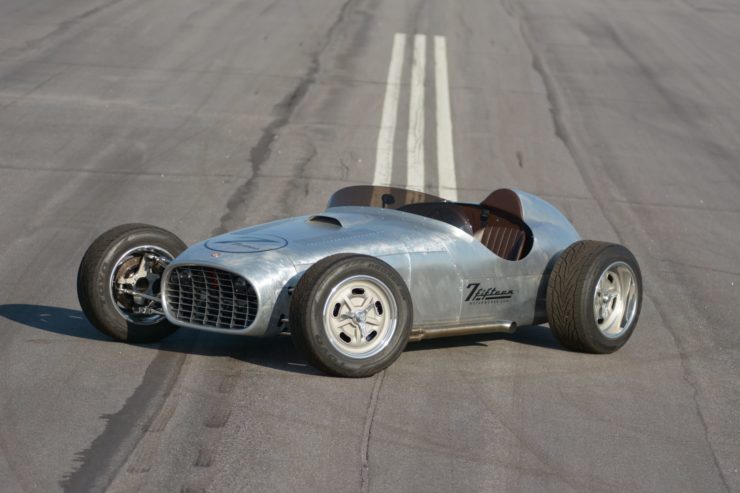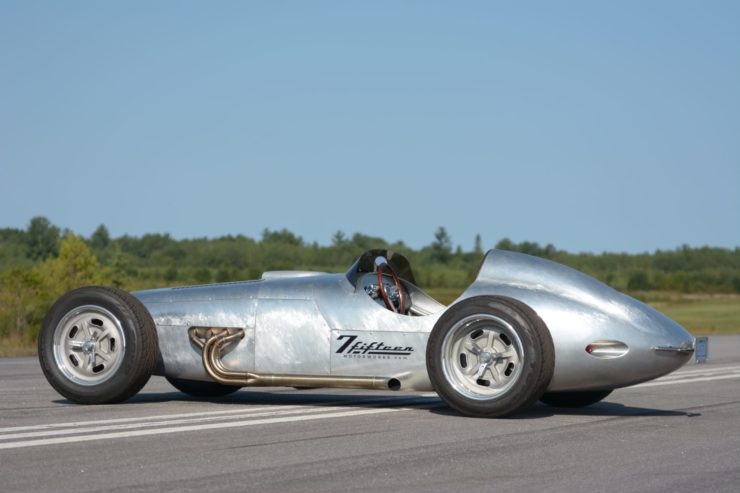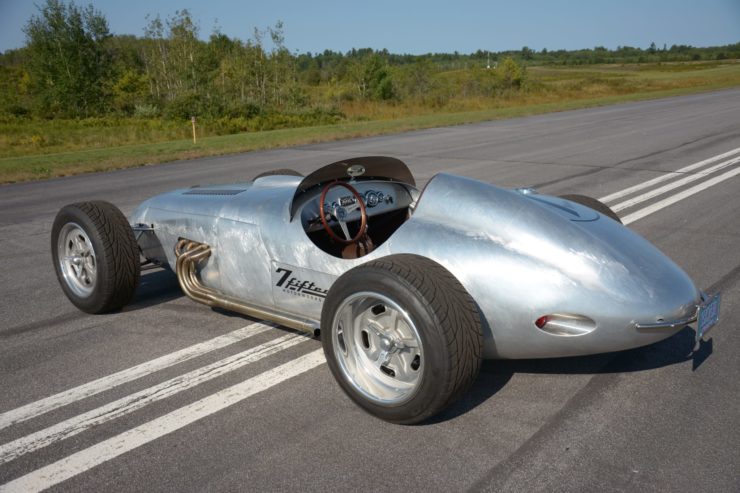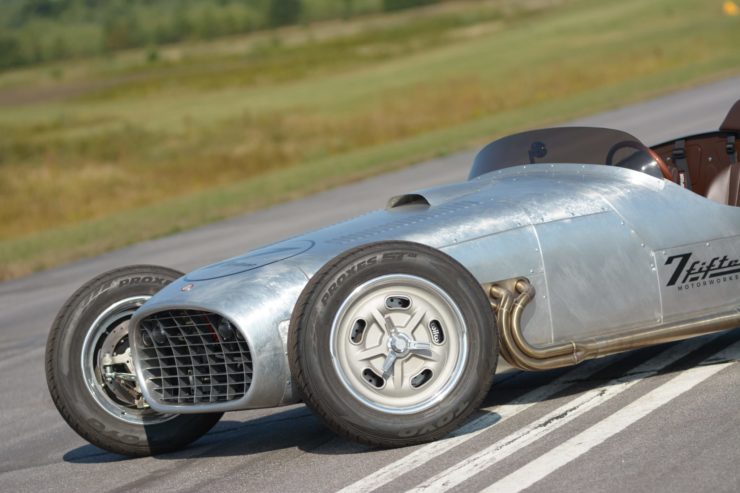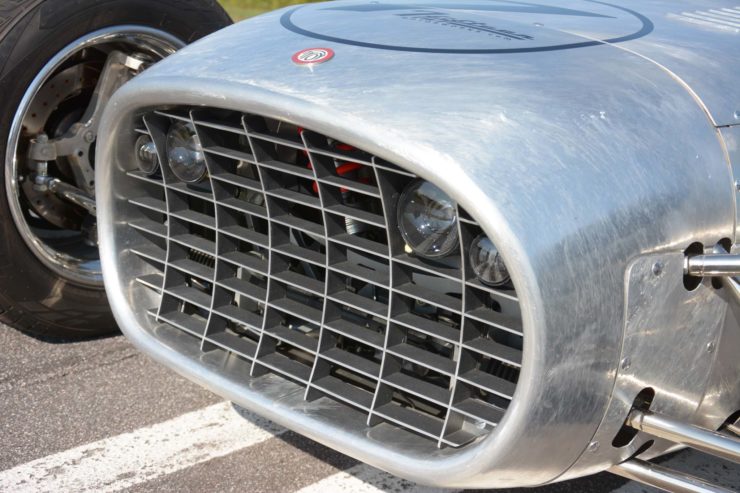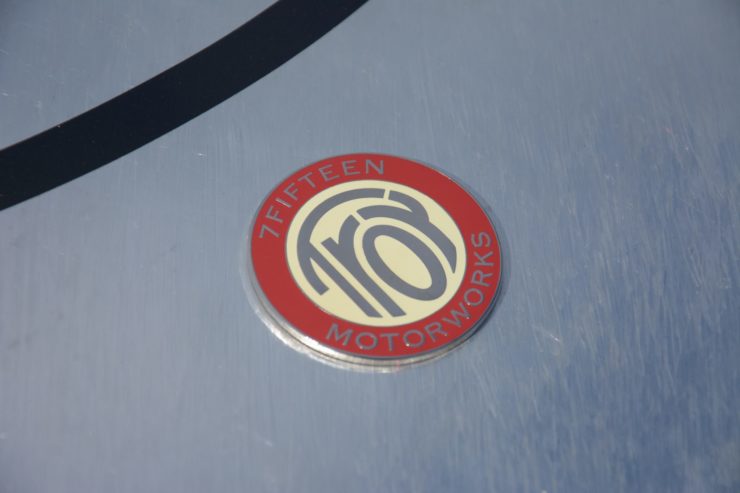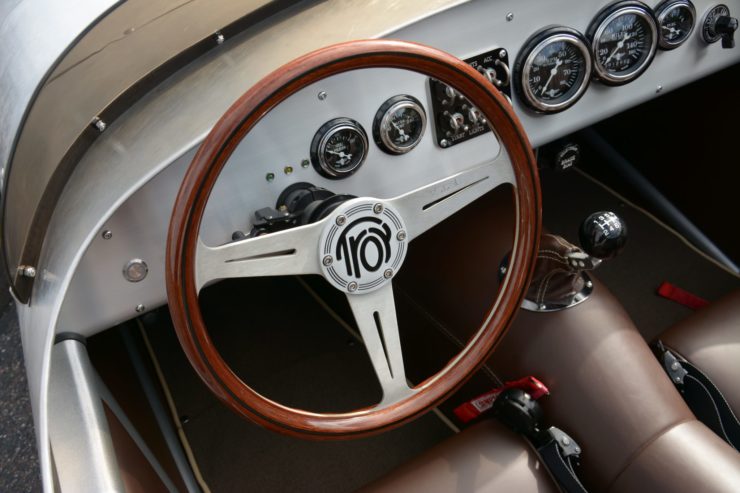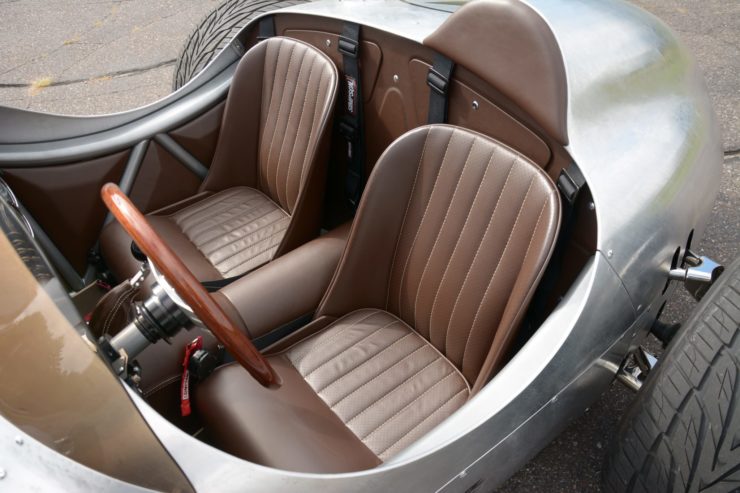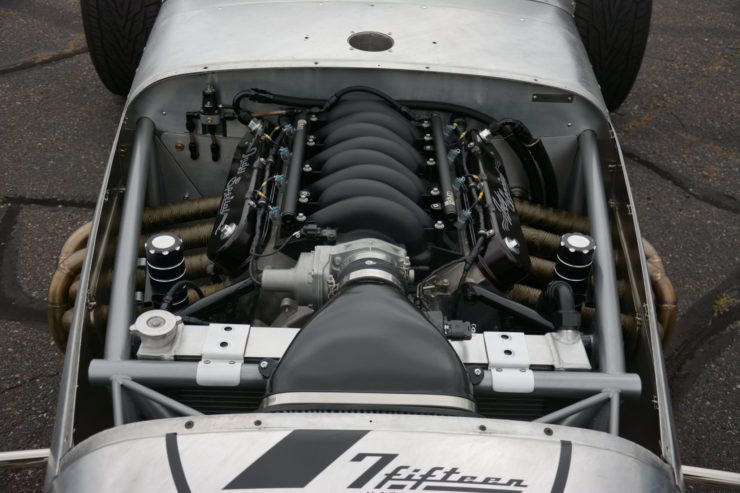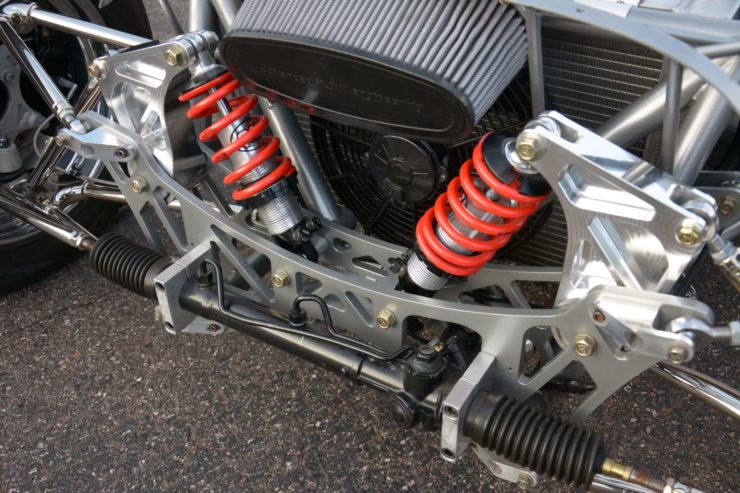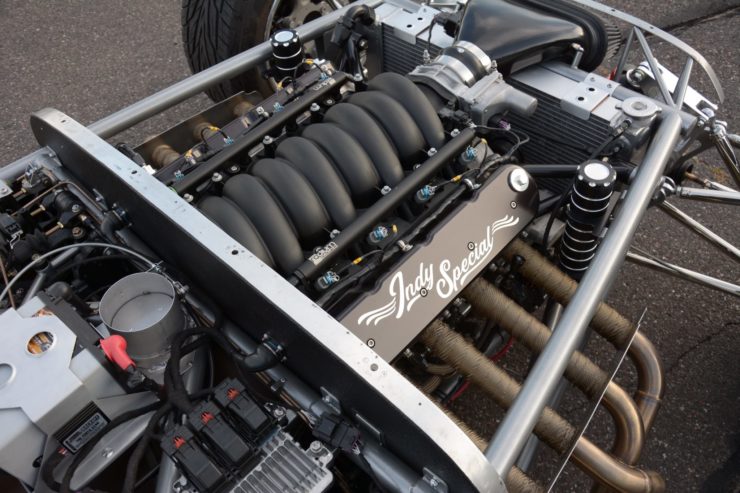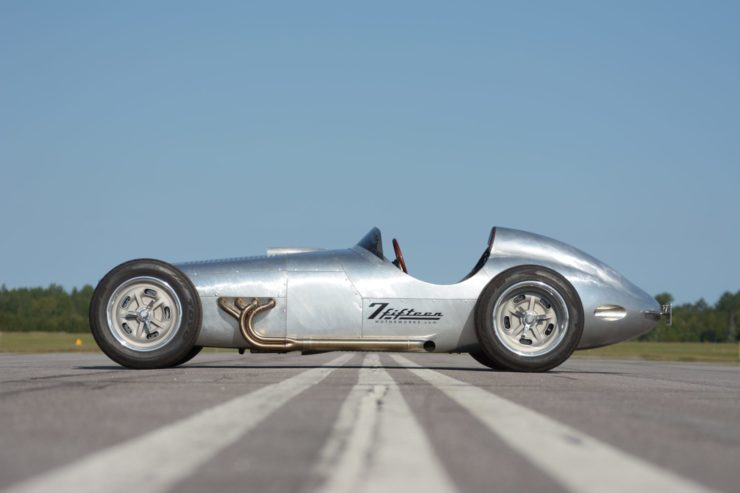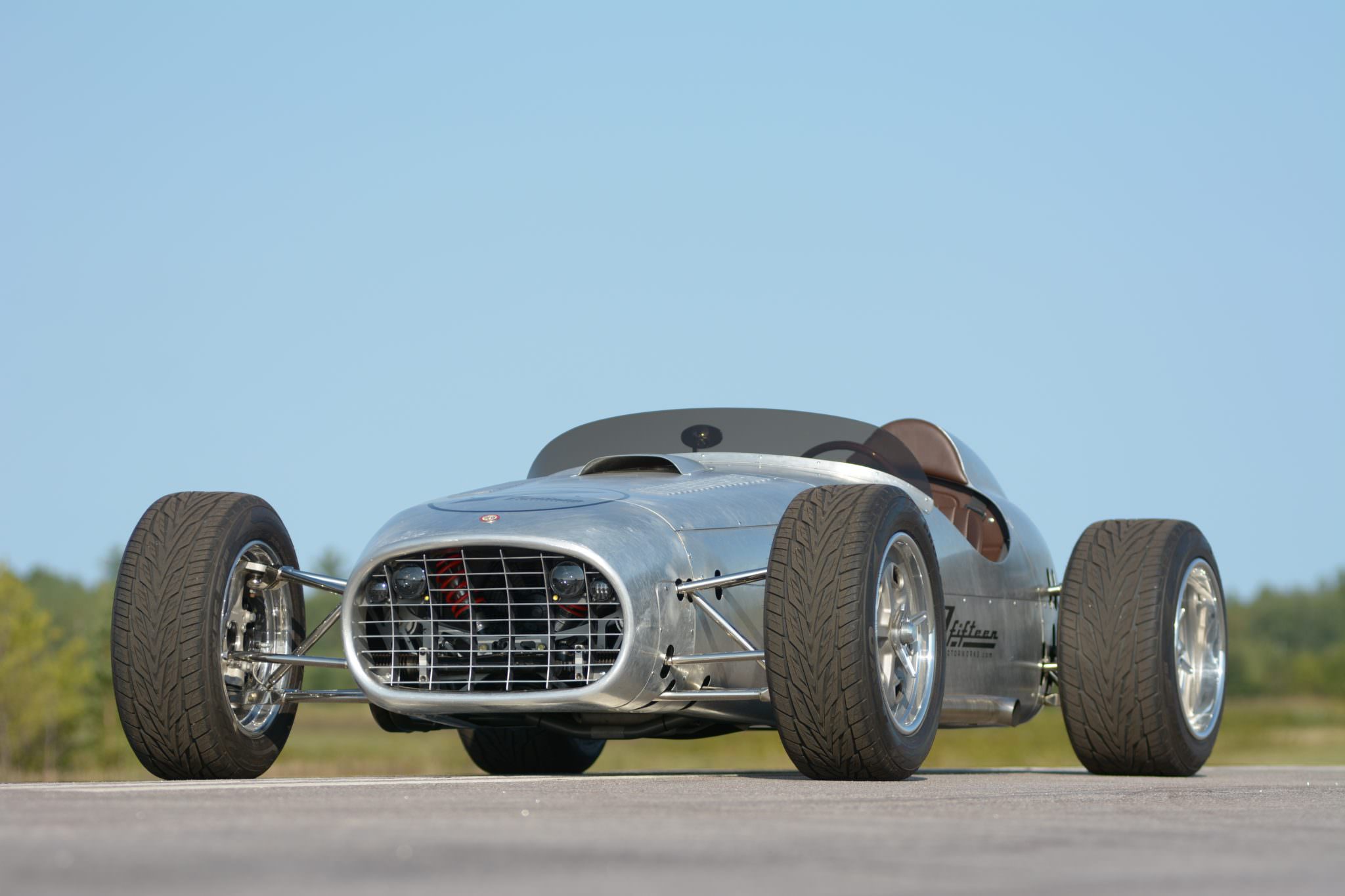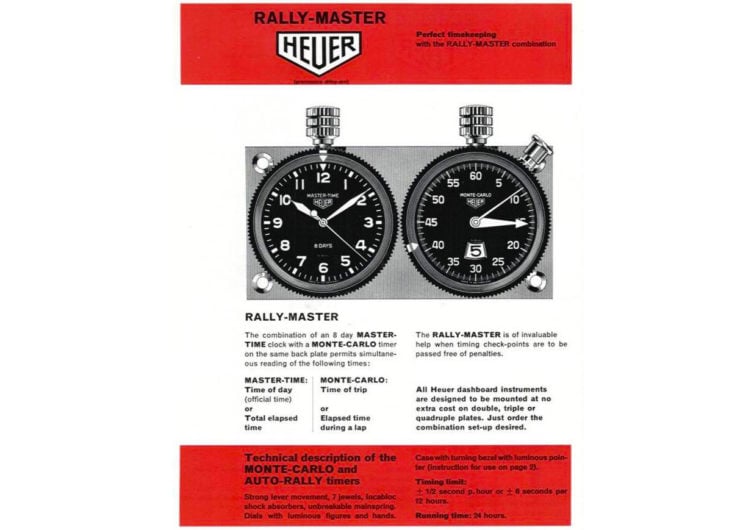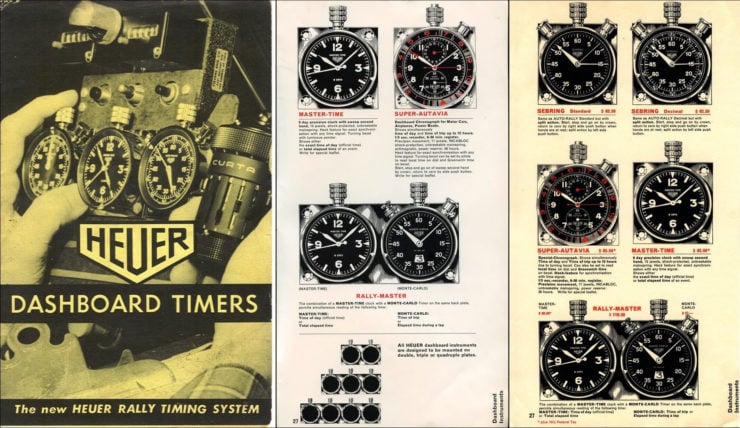This is the last unfinished Lister Jaguar XJS, it was one of the final examples modified by the British high-performance automotive company before they went bankrupt in 1994. The car was never fully finished, and the owner kept it in storage for over 26 years.
Fortunately Lister didn’t remain closed forever, the company was acquired in 2013 by Andrew and Lawrence Whittaker and under their ownership it’s gone from strength to strength, building a line of both modern and classic Listers.
Fast Facts – The Lister Jaguar XJS
- The Lister Jaguar XJS is a wide-bodied vehicle modified by Lister starting with a standard Jaguar XJS V12 then applying a slew of upgrades to improve performance.
- Each car was given a new “Le Mans” wide body kit, uprated suspension and brakes, and a significantly modified V12 engine producing vastly more power than the car had originally.
- With the exception of the XK220 from 1992 onwards, the Lister Jaguar XJS was the fastest Jaguar in the world when it was in production, and today they remain highly collectible.
- The car you see here started life as a 1984 Jaguar XJS V12 HE, it was sent to Lister for conversion to Lister Jaguar XJS specification in the 1990s and remained unfinished when the company shut down in 1994.
The Lister Motor Company
The Lister Motor Company Ltd was founded by Brian Lister in 1954 in Cambridge, England. The company started as many of its kind did, building and modifying cars for motorsport one by one, developing and improving them as time went on.
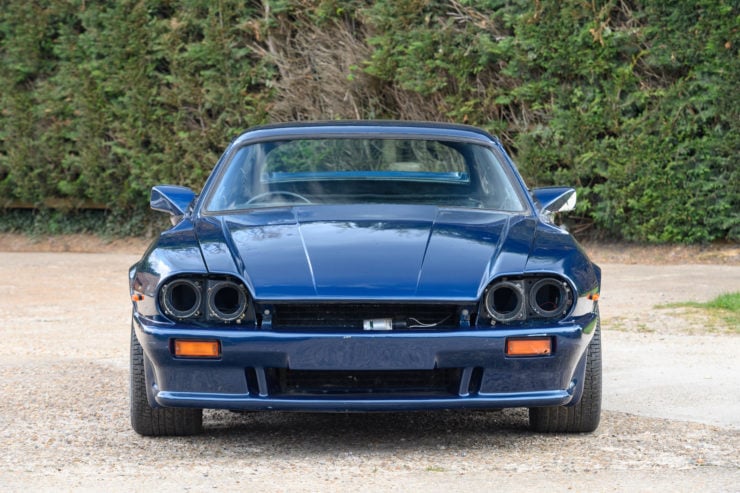
The Lister Jaguar XJS looks considerably more imposing than the standard XJS that it’s based on, thanks in large part to the new body kit and hefty flared wheel arches.
The best-known cars from this period were the Lister Knobby, so named because of its unusual “knobby” bodywork and the Lister Costin, an advanced, aerodynamic race car that was among the most beautiful of the era.
The company would disappear due to financial difficulties in the 1960s but would return in the 1980s, building the now legendary Lister Jaguar XJS V12 that was capable of over 200 mph. The cost of over £100,000 (in 1980s money) put off all but the most well-heeled of clients.
Approximately 90 examples of the Lister XJS were built, they’re immediately recognizable due to their wide “Le Mans” bodykits, unusual wheels, and typically by the prodigious noise they make from their highly tuned V12s.
The company once again folded in the 1990s but since 2013 it’s been on solid financial footing thanks to the fact that it’s now owned by Andrew and Lawrence Whittaker. Lister now produces a line of both modern and classic cars, and they provide restoration services for Listers.
The Lister Jaguar XJS Shown Here
When Lister took the Jaguar XJS V12 and turned it into a 200 mph supercar in the 1980s the automotive world sat up and took notice.
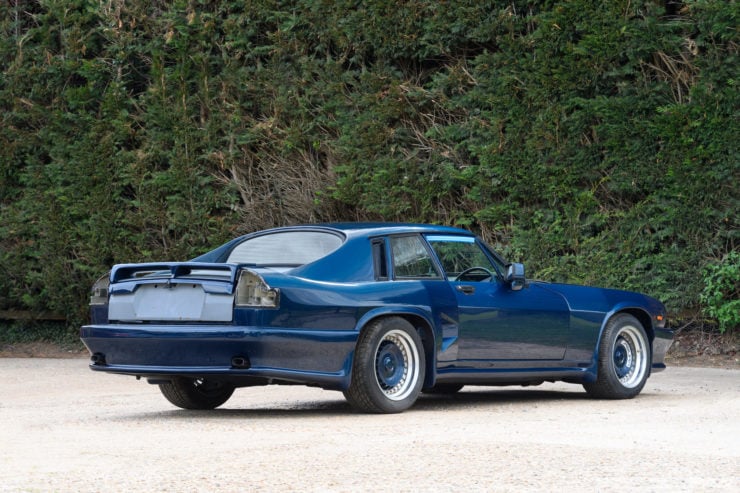
Although this car looks almost complete from the outside, it’s clear that it does require a significant amount of work to complete, largely as it’s been sitting for so long.
Current XJS owners could send their cars into Lister to have the conversion work done, though the cost was prohibitively expensive for most.
The example you see here was part way through the conversion when Lister weren’t bankrupt in 1994:
“The car was inspected at WP Automotive Ltd’s Leatherhead premises in mid-1994 following the insolvency of the company and formed part of the company assets being sold on the instructions of insolvency practitioners.”
“The car comprised essentially of an impressive rolling body shell with full ‘Le Mans’ widebody coachwork that had been recently refinished in dark metallic blue (believed to be Rolls Royce Royal Blue).”
“The car was situated within a paint booth at the WP Automotive HQ at the time of inspection and the engine had been removed; the majority of soft trim was not installed; some light units and the centre consul were not present.”
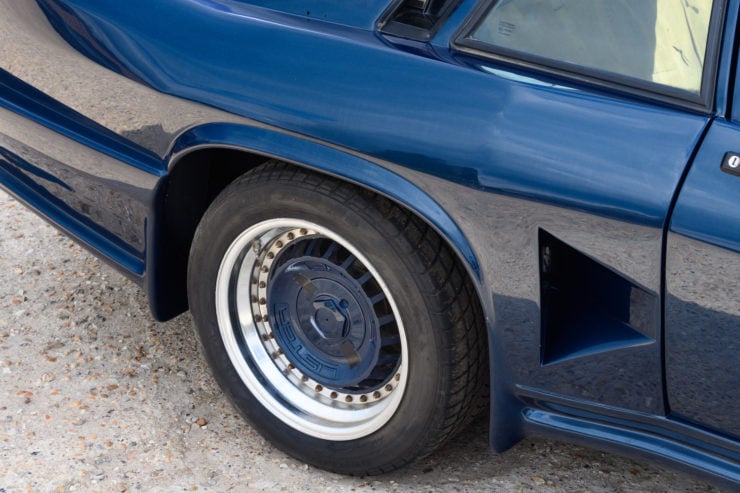
There are functional ducts before each rear wheel that channels cooling air into the brakes, to help avoid overheating when engaging in spirited driving.
The engine hadn’t been rebuilt to Lister specifications at this stage, so the new owner tracked down Jaguar development engineer Ron Beaty of Forward Engineering, the man who had built the original engines for Lister.
Beaty agreed to build a correct engine for the car, a naturally-aspirated 6.3 liter Jaguar V12, now capable of 395 bhp at 5,500 rpm and 404 lbs ft at 4,000 rpm. After 10 hours of dyno testing the engine was fitted to the car, and for reasons known the car was then placed into storage for over 26 years.
It’s now being offered for sale in ready-to-restore condition by Historics Auctioneers on the 21st of May with a price guide of £24,000 – £28,000, which works out to approximately $30,000 – $35,000 USD.
If you’d like to read more about it or register to bid you can find the listing here.
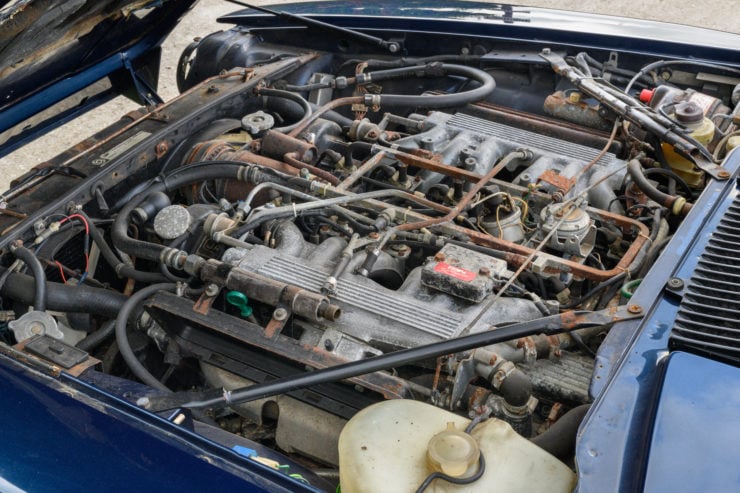
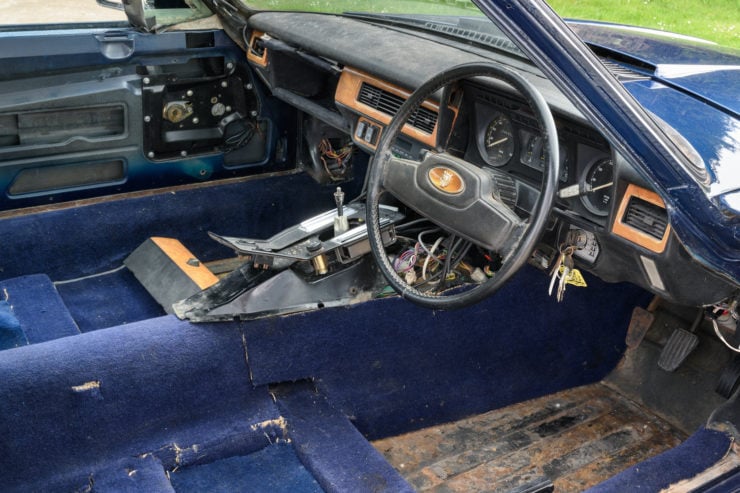
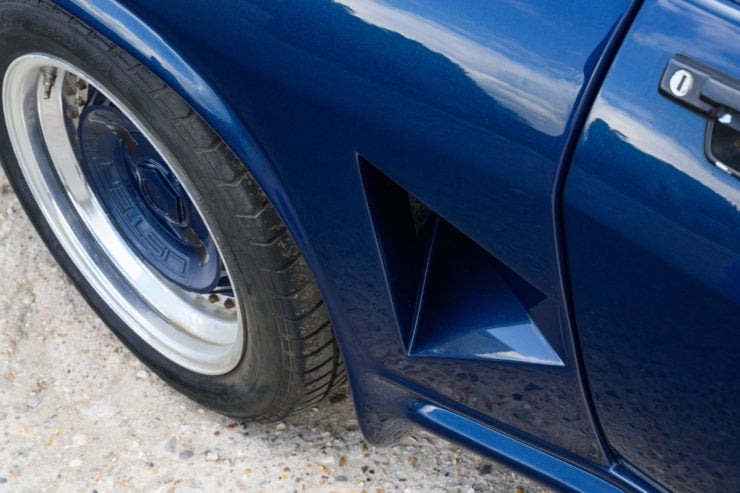
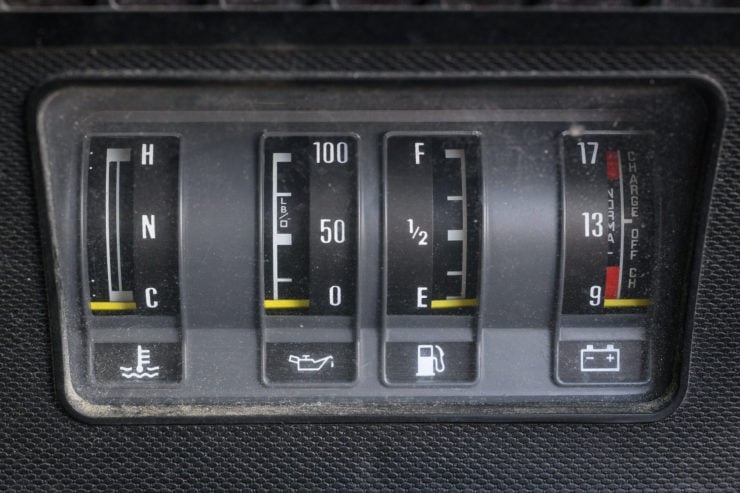
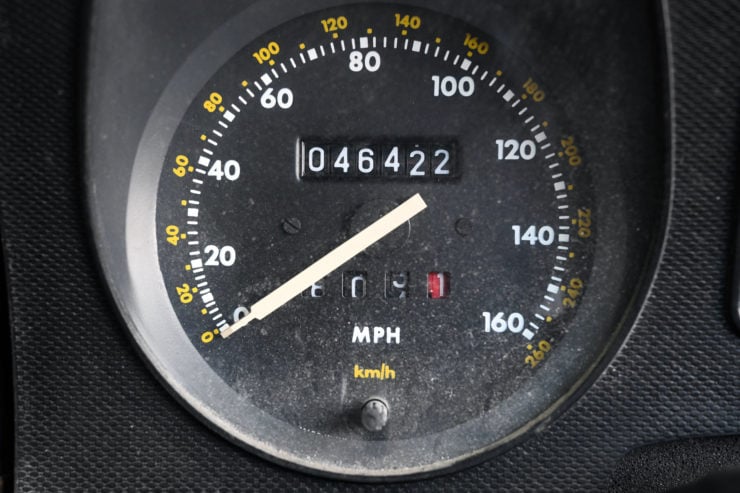
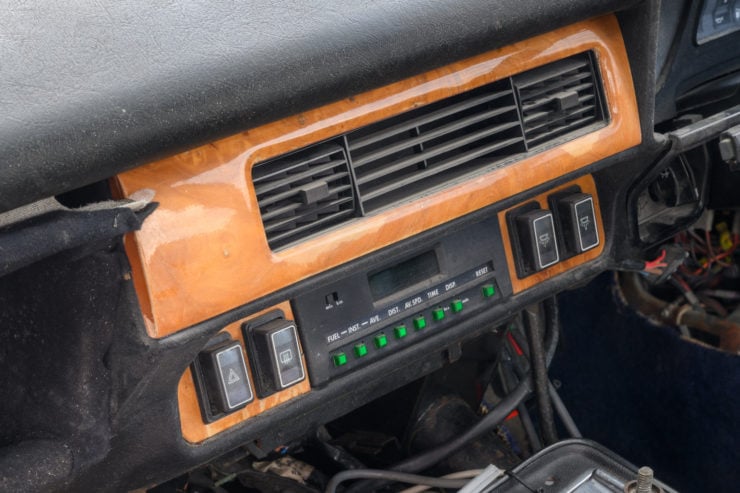
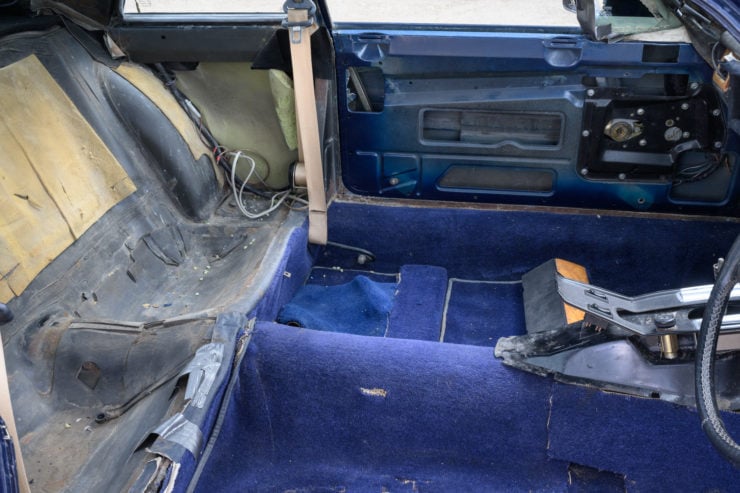
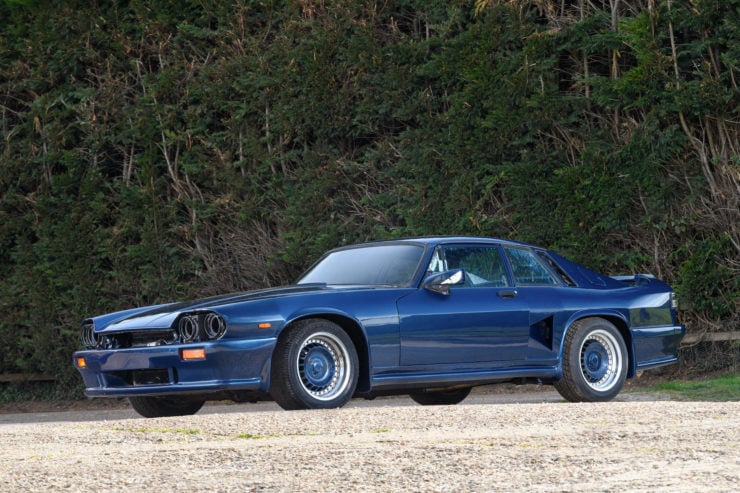
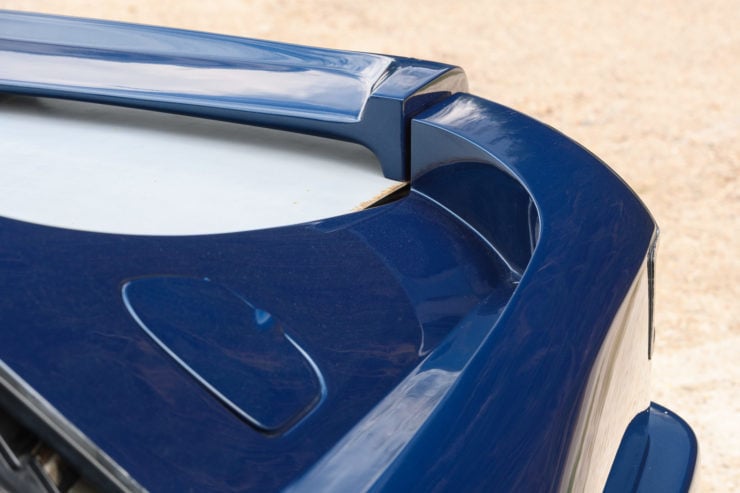
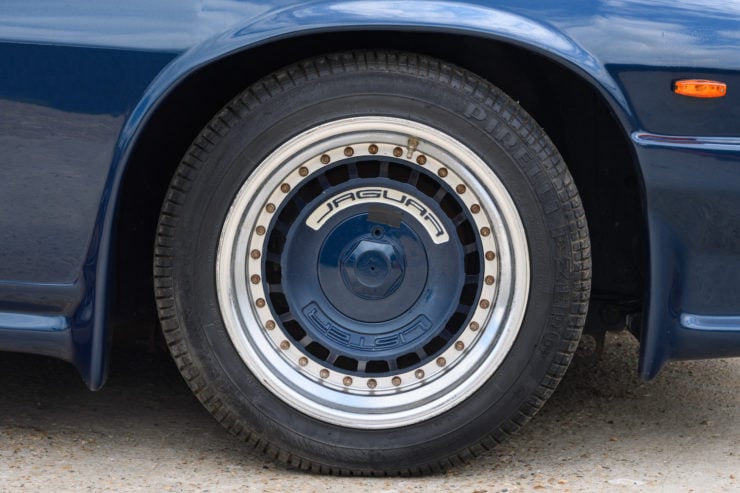
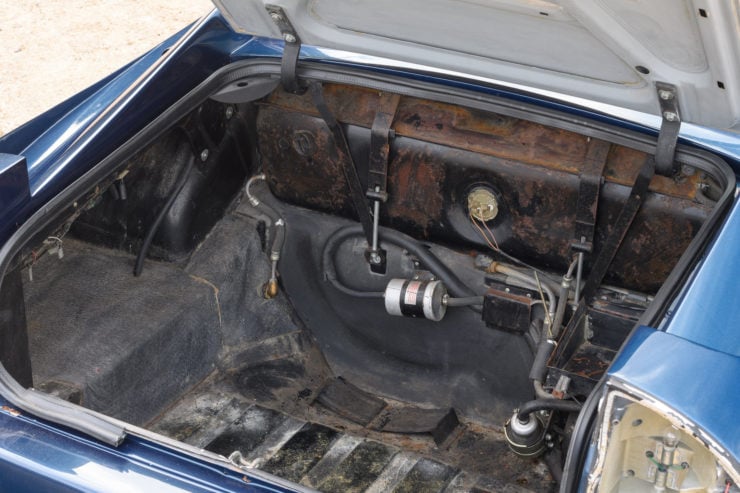

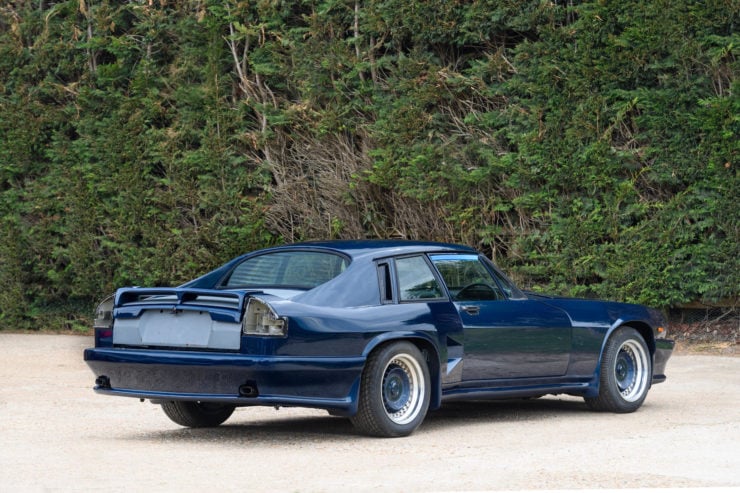
Images courtesy of Historics Auctioneers
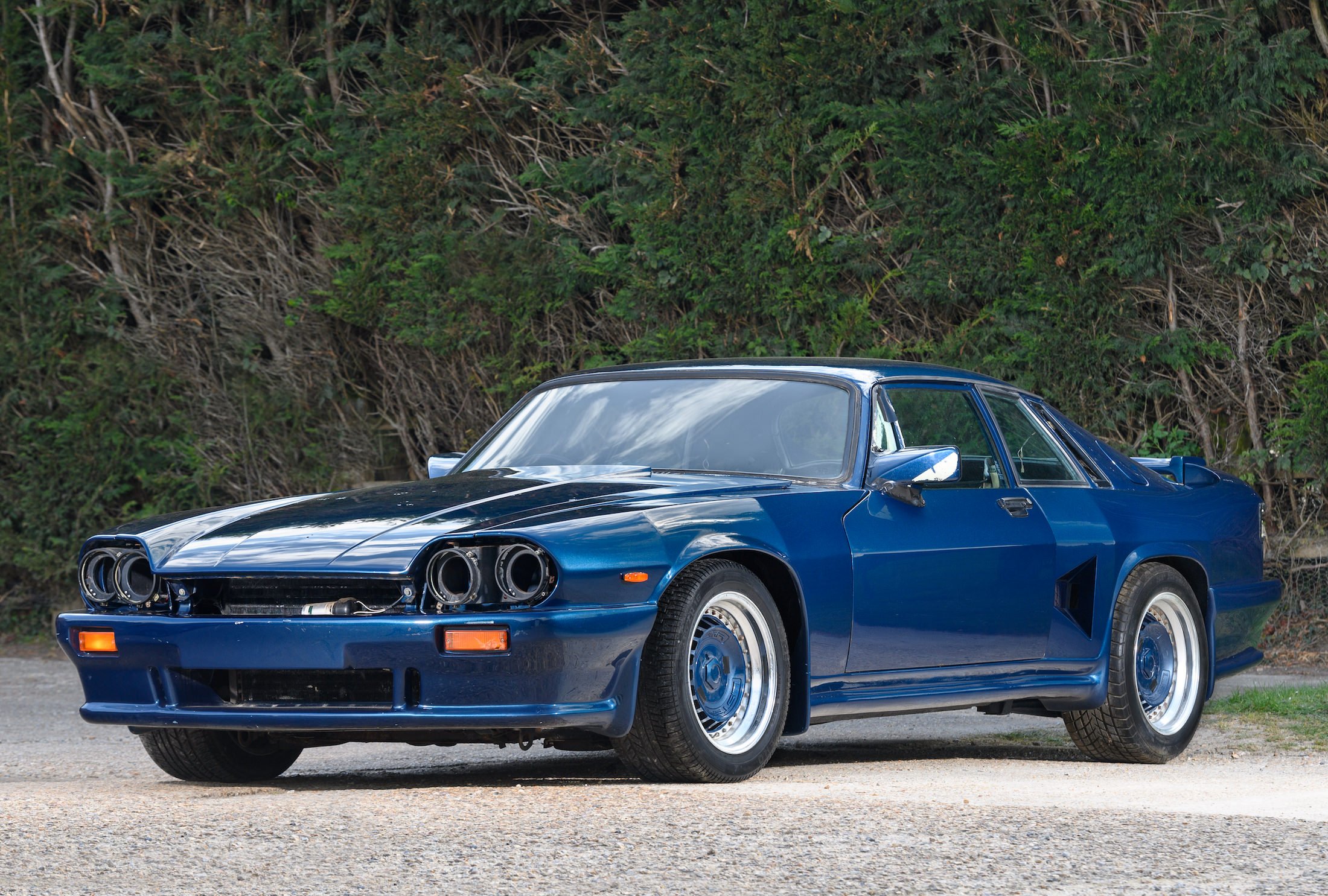
The post The Last Unfinished Lister Jaguar XJS Is For Sale appeared first on Silodrome.
from Silodrome https://silodrome.com/lister-jaguar-xjs/
via gqrds
